Description
Carbon filtering is a method of filtering that uses a bed of activated carbon to remove contaminants and impurities, using chemical adsorption.
Each particle/granule of carbon provides a large surface area/pore structure, allowing contaminants the maximum possible exposure to the active sites within the filter media. One pound (454 g) of activated carbon contains a surface area of approximately 100 acres (40 Hectares).
Activated carbon works via a process called adsorption, whereby pollutant molecules in the fluid to be treated are trapped inside the pore structure of the carbon substrate. Carbon filtering is commonly used for water purification, in air purifiers and industrial gas processing, for example the removal of siloxanes and hydrogen sulphide from biogas. It is also used in a number of other applications, including respirator masks, the purification of sugarcane and in the recovery of precious metals, especially gold. It is also used in cigarette filters.
Active charcoal carbon filters are most effective at removing chlorine, sediment, volatile organic compounds (VOCs), taste and odor from water. They are not effective at removing minerals, salts, and dissolved inorganic compounds.
Typical particle sizes that can be removed by carbon filters range from 0.5 to 50 micrometres. The particle size will be used as part of the filter description. The efficacy of a carbon filter is also based upon the flow rate regulation. When the water is allowed to flow through the filter at a slower rate, the contaminants are exposed to the filter media for a longer amount of time.
What is granular activated carbon used for?
Granular activated carbon (GAC) generally is an organic carbon filtration media — wood, coconut shells, coal or peat — used for water purification, typically applied in a fixed bed application.
A filter with GAC can remove certain chemicals, particularly organic contaminants, from water, as well as chemicals that produce odors or tastes to water such as hydrogen sulfide or chlorine. Granular activated carbon notably assists with the removal of per- and polyfluoroalkyl substances (PFAS), which have become an increasing contaminant of concern for regulators.
Other chemicals, specifically iron and nitrate, can not be removed with GAC. GAC should be changed based on contaminant levels and water use, as higher levels or use may require more frequent change-outs.
How do you make granular activated carbon?
According to EPA, GAC is a porous adsorption media with extremely high internal surface area, much like granular salt or granular sugar.
Granular activated carbon is made from raw organic materials that are high in carbon, such as coconut shells, coal, peat and wood. Heat is used to activate the surface area of the carbon, removing certain chemicals dissolved in water as they pass through a filter containing granular activated carbon. The GAC adsorbs the chemical due to its porous qualities.
The adsorption occurs on the internal surface of activated carbon. During adsorption, liquids or gases pass through the porous structure of the activated carbon, diffusing the compounds to be removed to the surface of the adsorbent, and are retained because of attractive forces.

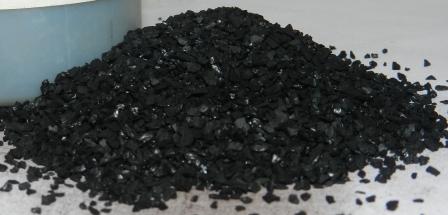
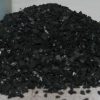
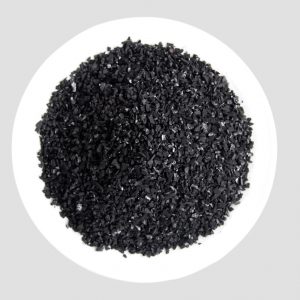
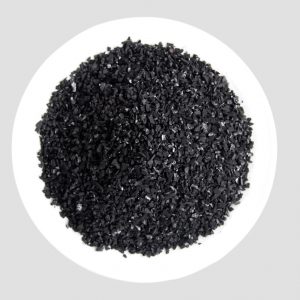
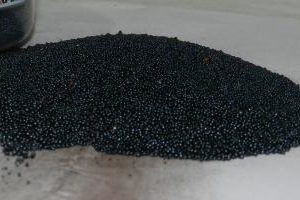
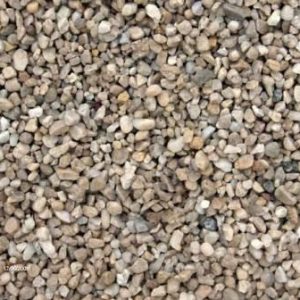
Reviews
There are no reviews yet.